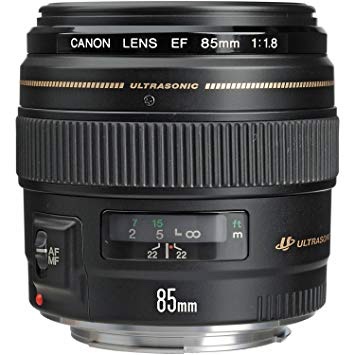You don’t have to pay ridiculous Leica prices for Leica quality.
All the talk in yesterday’s column about Canon’s superb 85mm f/1.8 lens got me to thinking about how lens technologies have changed in the fifty or so years since the Canon was first designed – good designs do not die!

Multicoating was added maybe twenty years ago, brass gave way to alloys and then machined focusing helixes gave way to nylon gears and miniscule stepper motors in the lens mount. Materials got lighter and cheap aspherical surfaces (resulting from casting rather than polishing) became the norm is more specialized lenses. Exotic high diffraction glasses of yesteryear became commonplace.
So how is the user experience when comparing what I think is the finest portrait lenses ever made, the 90mm Leica Apo-Summicron Aspherical with the much less costly Canon at not much more than one eighth of the cost!
You would think the handling experience of the Leica optic on an M body would blow anything out of the water, and you would be close. The compact lines and very short throw of the focus collar on the Apo make for a sweet handling lens. All Leica Ms handle the 90mm focal length well when it comes to viewfinding, the result being that the M with the Apo is a sweet package.
Now the Canon is light for its bulk which surfaces the old prejudice that it cannot be durable. Time will tell. A surprising benefit of this bulk is that the camera and lens are very comfortable to hold, especially when oriented vertically which is the norm for most portrait pictures. Hand held the Canon has it all over the Leica in this orientation. Add the vertical grip and things probably improve further.
Then it comes to focusing and here, again, the conclusion is surprising. Nothing beats a Leica M3 rangefinder for manual focusing in the poor light of a studio environment. Nothing except for the 85mm Canon on a 5D with focusing on the central rectangle only. The old trick of focusing on the eyes then quickly recomposing was simple enough with the M3. With the 5D it’s a dream. Camera up, part depress the shutter button, recompose, click. Takes about a half second once you get into it. And it’s so dead right every time you begin to wonder how you lived without it. Depth of field is a scarcity in the portrait studio so focusing errors are cruelly revealed. Especially when you like to make 18†x 24†prints like I do.
So the new world of electronics and micromotors and LEDs and contrast sensors and on and on really has left the old world of mechanical-everything behind. Charming as that world seems, it no longer offers the best tool for the job.